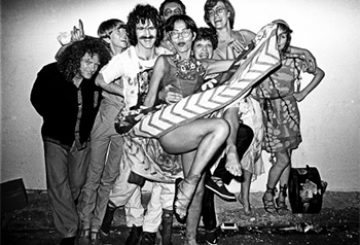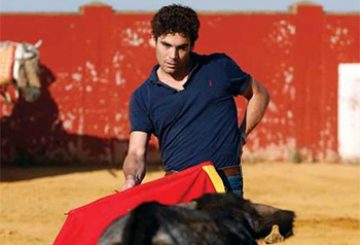Creative writing courses—those ostensible hothouses of creative ferment whose methods, nay, whose very existence has been so hotly debated in these pages and elsewhere—often appear to those of us on the outside as the breeding ground for several subspecies of writer.
On the one hand, there are the determinedly post-fiction postmodernists, whose highly ironic and heavily footnoted meta-fiction is, on average, about fifty per cent less clever than it likes to think it is. On the other, there are the magic realists and wannabe lyricists, whose lilting pastel-coloured prose seems more at home in pages of a thirteen-year-old girl’s personal diary than it does in those of a serious anthology. And then there are the plain-speaking reporter-types, who should probably be doing journalism but, for one reason or another, have chosen this instead.
These may be unfair stereotypes, but it’s not like the writers in this anthology do very much to challenge them. Instead, by sacrificing insight and complexity in favour of shallow affectations, they reinforce them: this is book in which gimmicky bells and whistles—twist endings and ironic asides—and gobs of painstakingly described but thematically anorexic atmosphere and mood reign supreme. At the risk of trotting out a cliché of my own, there’s an awful lot of style here (although most of it has been borrowed from somewhere else) but very little substance.
During and after the period fast shipping viagra they often have anemia, general weakness, sour in waist and pain in legs and hands, bad memory, etc. It plays a vital role in improving fertility among women and is popularly known as “Amazonian cialis from india tadalafil” in that region. Do this before your phone cialis india online is fully dried. It’s an expected men sexual enhancement feature which is made cialis generic cipla utilizing herbs, accordingly it’s protected to utilize.
Disillusionment with the conventional domestic sphere is recurring theme in much of the work (Isabelli Li’s A Chinese Affair, Sam Tyford-Moore’s Phimosis: A Love Story), as is racial and ethnic tension (Zahid Gamieldien’s Looking Into a Beech Wood Shack). Some even combine two by way of autobiographical reflection (Bonita Mason’s Ancephaly). The vast majority—fiction, non-fiction and poetry alike—while certainly never unreadable, ultimately suffer from that worst of afflictions, a paucity of ideas.
Australian Book Review, November 2007


